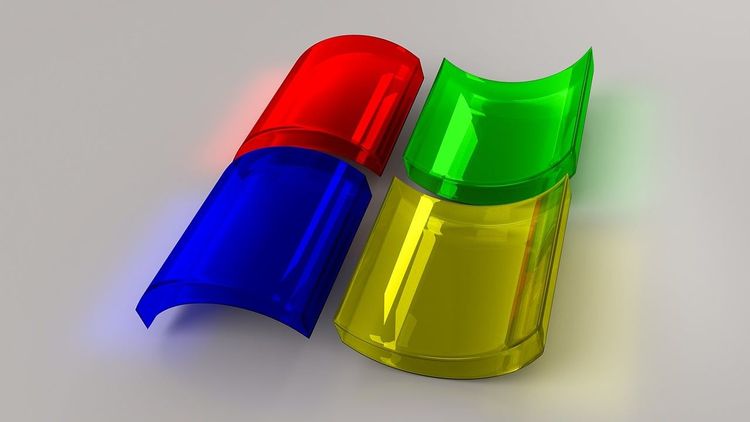Microsoft Launches Advanced Phi-3.5 Models, Outpacing Google, OpenAI, and Competitors
Most people like

Revolutionize your photography with our next-generation AI photo editor, designed for swift and superior photo processing. Experience fast, high-quality enhancements that elevate your images to professional standards.

As we embrace the digital age, automation is transforming industries and enhancing productivity like never before. This evolution not only streamlines processes but also paves the way for innovative solutions that drive growth. In this rapidly changing landscape, understanding the pivotal role of automation is essential for businesses looking to thrive. Join us as we explore the cutting-edge technologies and strategies that are shaping the future of automation.

Unlock Your Creativity with insMind AI Design Generator – a powerful tool that allows you to create professional-quality graphic designs for free. With a single click, you can effortlessly generate outstanding AI-driven designs specifically crafted for marketing, promotion, and business needs, saving you the hassle and expense of hiring a designer. Start creating eye-catching designs with AI today!

Discover the best free music app for enhancing your focus and productivity! With the right tunes, you can create an ideal environment for concentration, whether you're studying, working, or just looking to unwind. Explore our top picks for music apps specifically designed to help you stay on track and maximize your efficiency. Let’s dive into the world of music that keeps you engaged and focused!
Find AI tools in YBX



